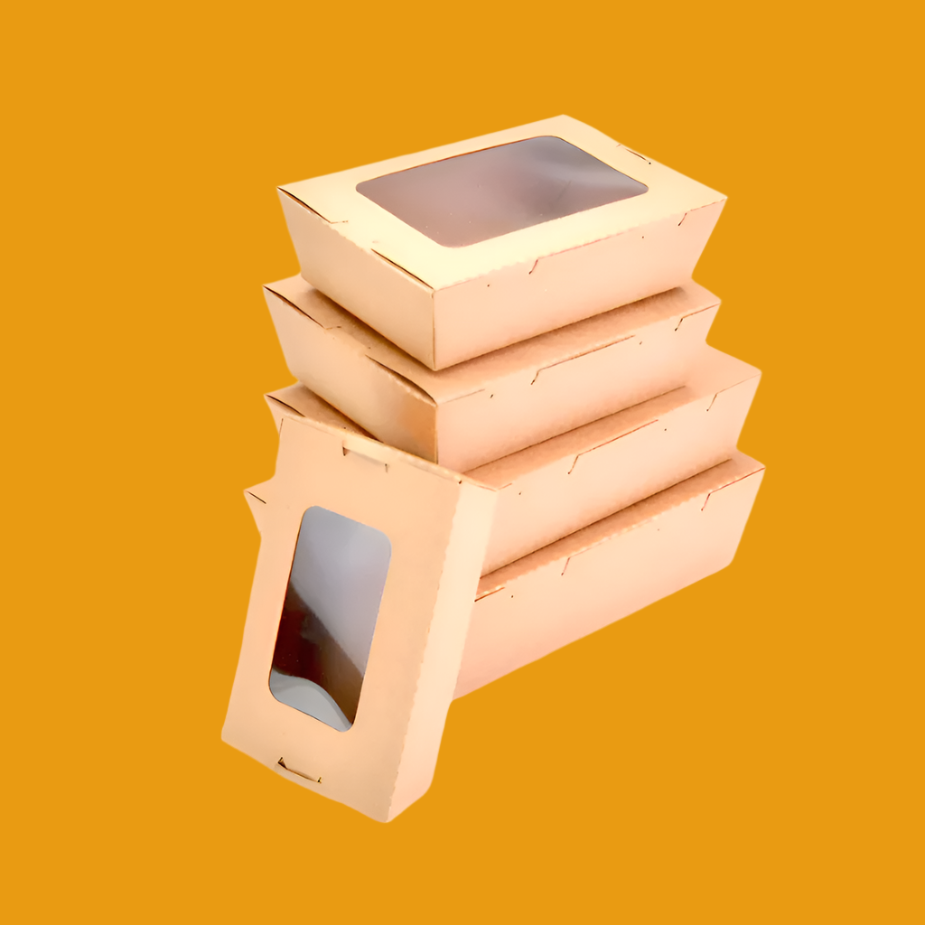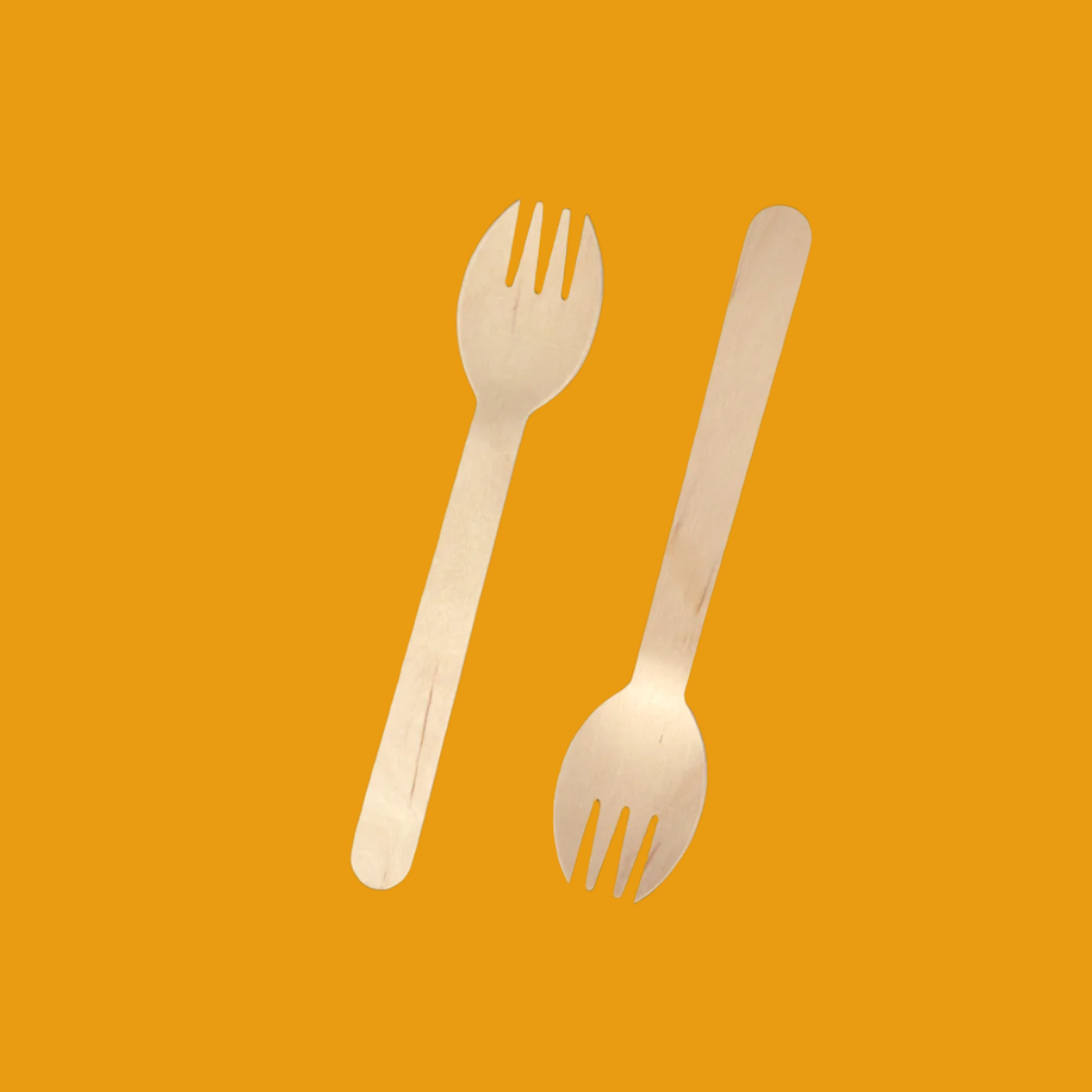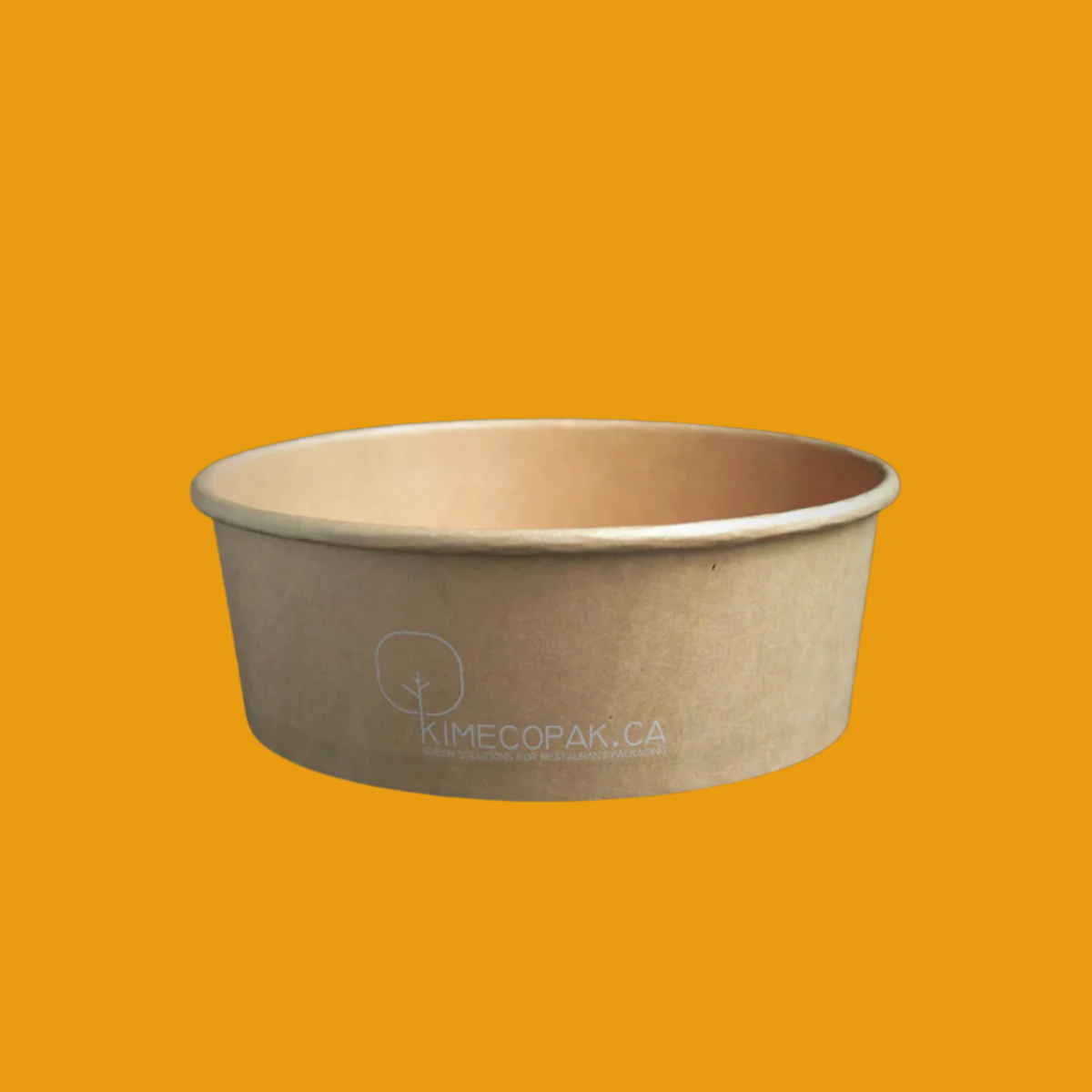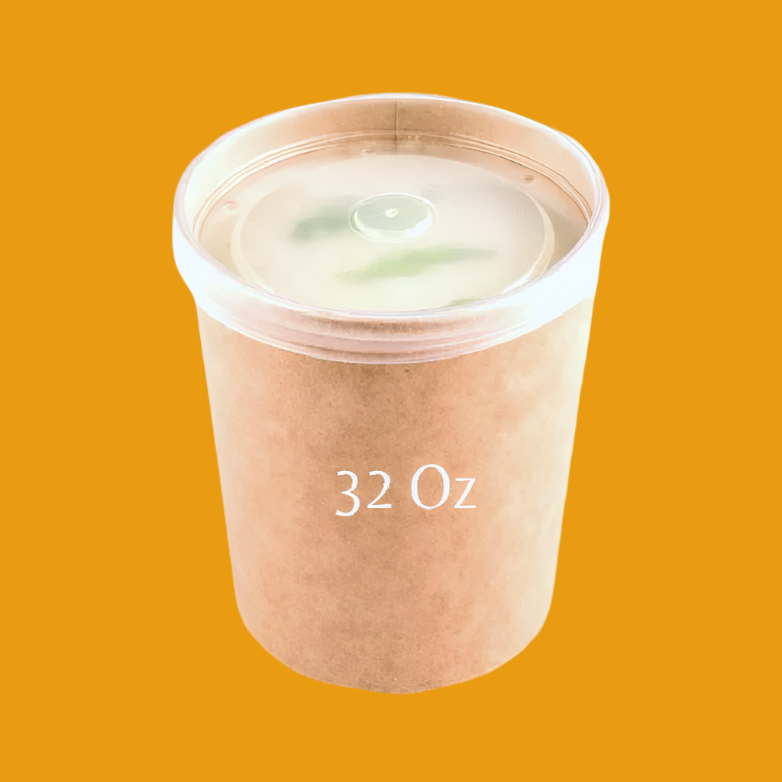Every day, coffee shops and businesses rely on paper cups to serve beverages. But have you ever wondered about the expiry date of paper cups? Do they have a shelf life, and does it impact their quality or safety? Understanding how long paper cups last and the best ways to store them can help maintain their durability and hygiene. In this article, we’ll explore whether paper cups really expire and how to keep them in top condition.
What Is The Life Cycle Of A Paper Cup?
Paper cups are food and beverage containers composed of fiber pulp and virgin or renewable wood pulp. Extracting raw materials, such as cutting down trees to make pulp, is the first step in the making of a paper cup. After that, pulp is processed and refined to make paperboard, which is subsequently formed into cups. Paper cups are recycled or discarded in landfills after being distributed and used.
Knowing how paper cups are made and how to use them properly may help businesses minimize waste, especially for distributors or direct-to-consumer retailers like restaurants and convenience stores.

Does Coffee Expire? How to Store Coffee?
What factors determine the quality of paper cups?
Here are three major elements determine the best quality of paper cups:
- Materials: Sturdy and leak-proof cups are made with quality paperboard, strong adhesives, and protective linings.
- Manufacturing Processes: Accurate cutting, folding, and gluing, as well as quality control, assure consistency and prevent problems.
- Storage Requirements: Keep cups cold and dry, away from excessive humidity, and handle them with care to avoid damage.
Do Paper Cups Have An Expiry Date?
How Long Will Paper Cups Expire?
A paper cup's lifespan is affected by various elements, such as how it is stored, what kind of cup it is, and how often it is used. Single-walled paper cups have a maximum shelf life of 1-2 years when stored properly; double-walled or lined paper cups may last up to 2-3 years.
The life span of every type of paper cup differs in particular:
- Single-walled paper cups: 1-2 years
- Double-walled paper cups: 2-3 years
- Lined paper cups (polyethylene, PP, PLA): 2-3 years
Should you use Single Wall Cup or Double Wall Coffee Cup?
What Happens When Using Paper Cups That Have Expired?
There are a few potential concerns to be aware of when using expired paper cups:
- Structural Integrity: Paper cups are prone to tearing or collapsing due to the slow degradation of the paperboard material. This is especially the case for situations when the cups are kept in wet or humid environments.
- Leakage: Over time, the glue holding paper cups together can break down and cause leaks. Single-walled paper cups with a thinner covering of paperboard are more prone to this.
- Mold Growth: Paper cups that are kept in a wet environment are prone to the growth of mold. Mold may produce spores that irritate the lungs and cause respiratory issues.

- Taste and Odor: Paper cups may get musty or stale for a while. This odor may also penetrate the meal or beverage being consumed.
How To Store Paper Cups Properly?
Factors That Affect The Shelf Life Of Paper Cups
- Humidity: Excessive moisture can weaken the paper and cause the cups to warp.
- Temperature: Storing paper cups in extreme temperatures can degrade the coating or adhesive used in their construction.
- Exposure to Sunlight: Prolonged exposure to UV light can dry out the paper and cause it to become brittle.
Things To Avoid When Storing Paper Cups
To guarantee the durability and worth of your paper cups, avoid certain methods of storage that may accelerate their breakdown. When storing paper cups, keep the following important points in mind:
- Exposure to Moisture and Humidity: Keep paper cups away from moist or humid spaces including basements, kitchens, and bathrooms. Moisture can soften and weaken paperboard, making it more prone to tearing and leaks.
- Direct Sunlight and Heat: Keep paper cups away from direct sunlight and heat sources such as windows or radiators. Excessive heat can cause the paperboard to dry out and become britt.le, increasing the danger of cracking or breaking.
- Avoid stacking paper cups too high, as this can put too much pressure on the bottom cups, causing them to distort or collapse.
- Keeping Paper Cups Away From Fragile Goods: Keep paper cups away from fragile goods like glass or ceramic cups. Stacks of paper cups could put a strain on sensitive objects.
- Keeping Paper Cups Away from Strong Odors: Keep paper cups away from strong-smelling items like spices or cleaning chemicals. The flavors have the ability to permeate the paperboard and alter beverage flavors.
- Storing in Unsanitary Conditions: To avoid infection, keep paper cups away from unclean or unsanitary areas. Place them on shelves or in dry, clean containers.
How To Seal The Paper Cup Sleeve In The Best Packing Way
Packaging also plays a significant role in maintaining the quality of paper cups. To protect them during storage or transport:
- Use airtight plastic wraps or sealed cardboard boxes to keep out moisture.
- Ensure the packaging is stacked evenly to prevent crushing or deformation.
- For bulk storage, consider using vacuum-sealed packaging to minimize air exposure.
Comparing The Shelf Life Of Paper Cups To Other Materials
Compared to materials like plastic cups or ceramic mugs, paper cups have a much shorter shelf life. Plastic cups can last indefinitely when stored properly, while ceramic mugs are reusable and do not degrade over time.
However, paper cups are more environmentally friendly if they are biodegradable or recyclable. Their shorter shelf life is a trade-off for their eco-friendly advantages.
FAQs About Expire Date Of Paper Cups
How long can paper cups hold water?
The time a paper cup can hold water depends on its coating and thickness:
- Uncoated Paper Cups – Plain paper cups (no wax or plastic coating) start absorbing water immediately and can leak within 5-30 minutes. They may lose their shape or become soggy even sooner.
- Wax-Coated Paper Cups – These cups have a thin wax layer, making them more water-resistant. They can hold water for a few hours before the wax begins to degrade.
- Polyethylene (PE) or PLA-Coated Paper Cups – Most disposable paper cups have a thin plastic (PE) or plant-based PLA coating, allowing them to hold liquids for days without leaking. However, hot water can speed up degradation.
How long can you reuse a paper cup?
Depending on the purpose and demands of the business, paper cups can be used with a variety of foods such as hot and cold drinks, soup, rice, noodles, snacks, and so on. However, it is not advised to reuse paper cups as they are typically made for single use only.
How long does it take a paper cup to degrade?
The time it takes for a paper cup to decompose is affected by various factors, including the type of paper cup, the method of disposal, and the environmental conditions.
Type of cups:
- Paper cups with a single wall: several decades in landfills
- Paper cups with two walls or linings: These last a little while longer in landfills than single-walled cups.
- Biodegradable paper cups: Under perfect composting situations, several months to a year.
Disposal Method:
- Landfilling: The least rapid method for degradation
- Recycling: Converts paper cups into pulp for use in new goods.
- Composting: the fastest degrading process that produces compost that is high in nutrients.
Environmental Factors:
- Temperature: Degradation rate increases at warmer temperatures.
- Moisture: Microorganisms find it simpler to degrade paper in the presence of moisture.
- Oxygen: Microorganisms that degrade paper require oxygen to function.
Disposable Paper Cups in North America
Conclusion
While paper cups do not have a definitive expiry date, their shelf life can range from 6 months to 2 years depending on storage conditions. Proper care, including avoiding dampness, extreme temperatures, and exposure to sunlight, can help extend their usability. By understanding how to store and package them correctly, you can ensure they remain safe and reliable for use.










1 comment
This is very good information and really usefull for me. Thank you.
Anyway, I am still looking for the method on how to measure life time of the Cup itself.
Is there any accelerated test?
Thank you.